Healthy Diet for your House Rabbit
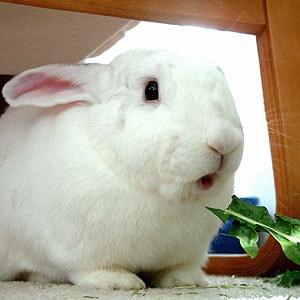
Healthy Diet for your House Rabbit
A Healthy Diet is Essential for Your House Rabbit’s Well-Being
Rabbits have sensitive digestive systems. Knowing what a healthy diet consists of will help prevent serious digestive issues and promote a long healthy life. There are different diet requirements for growth stages.
We follow the House Rabbit Society’s Diet Recommendations.
Note: Nursing mothers and breeding rabbits may need different diet requirements that are not covered on our site. You will need to seek out other resources in these cases. Our site is focused on non-breeding neutered rabbits only.
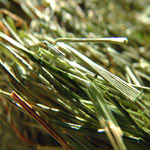
Unlimited Hay
This is extremely important for a bunny’s digestive system. Always have it available. My bunnies eat more hay when they have a variety of hays.
Hay Tip – A great trick that encourages more hay consumption is add a little fresh hay on top of the existing hay, or take the hay that has been sitting there all day, put in back in the bag, mix it around and grab a new big handful. I don’t know why this works – maybe the fresh scent of hay being resurfaced – For some reason this entices them to eat more, even though they still had plenty of hay in their rack.
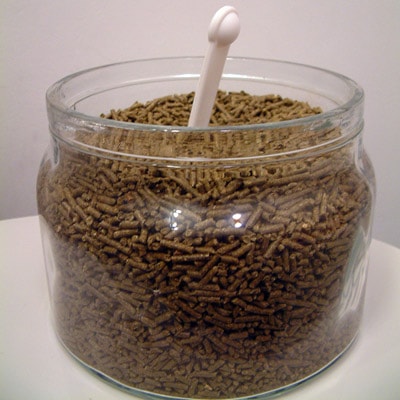
Pellets
General Serving size – 1/4 to 1/2 cup pellets per 6 lb bunny
Recommended Nutritional Value
Fiber 18% minimum (20 -25% best)
Fat 1 – 2% max
Protein 12 – 14% max (long-haired breeds may need higher)
Calcium 1% max
Avoid pellets with nuts & dried fruit. That’s like putting M&M’sj on your salad everyday. Stick with pellets that are Timothy based. Some alfalfa based pellets do have a high fiber content, but most are too high in calories, protein, and calcium for many adult rabbits.
Pellet Tip – A rabbit’s system is meant for foraging. Spread pellets out all over his pen or cage, hide in specific place or use a treat dispenser ball sometimes. This way he can’t consume everything at once and it will add a bit of exercise and entertainment to his daily routine.
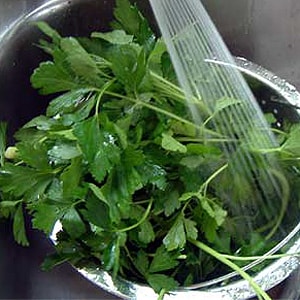
Greens/Veggies (Minimum 3 different types)
Minimum 2 cups of chopped leafy greens per 6 lbs. See the HRS recommendations for which leafy greens are best.
When introducing greens for the first time – offer just one at time. Add new one in after a few days. If a bunny snubs a particular leafy green. Just keep adding a little bit to the diet even if they have snubbed it before. I’ve done this thinking my bunnies would never eat it, but then one day they decide to try it and end up liking it. And even if your bunny snubs one or two types permanently, there are plenty others to choose from.
Veggie storing Tips from a BinkyBunny Forum Discussion

Fruit
1 oz. to 2 oz. max per 6 lbs. body weight.
High in calories, but still a better treat than some of the “junk food” treats that are sold at pet stores.
Diet Sources
Some bunnies that have certain types of illnesses may require a specialized diet recommended by your rabbit-savvy vet. Below are what I have done with two of my bunnies. These are just for your reference only so you can consult with your vet and create the right diet for YOUR bunny if they are suffering from similar issues.

Jack
Bladder Stone Problems
Jack had a calcium oxalate stone removed.
A special diet was recommended to help prevent any reoccurrence.
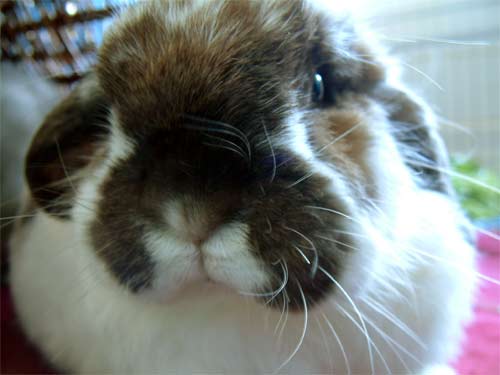
Bailey
Bailey was Chronic Poopybutter (AKA: Icky Sticky Stinky Poo Bum)
She had a VERY sensitive tummy. She also suffered from e.cuniculi and aa crooked spine. Whether that played a part is not fully known, but we really had to go through major trial and error to get a diet that kept the bouts of poopybutt down.
Check out our trial error to get to a diet that worked best for her.

